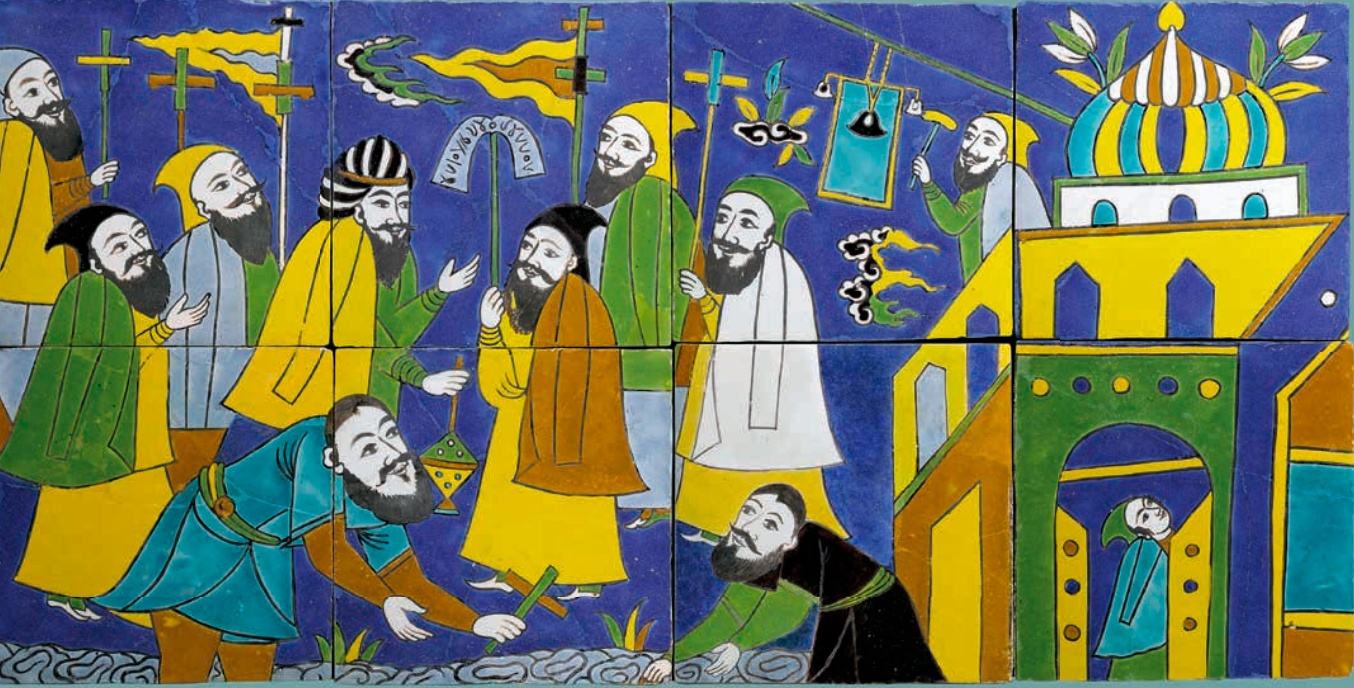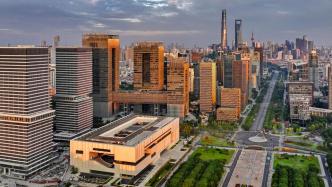
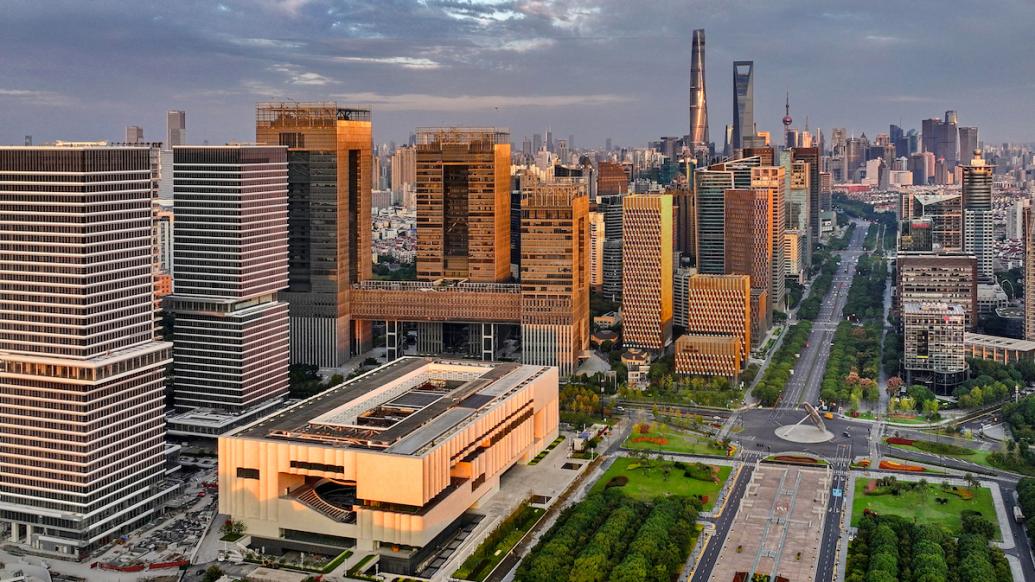
The first press conference of the Shanghai Museum in 2024 was held this morning (January 8). This year, the East Building of the Shanghai Museum, which took more than six years to build, will be fully completed and open to the public. At the press conference, Chu Xiaobo, Director of the Shanghai Museum, gave a detailed explanation of the opening hours of the Shanghai Bo East Museum and other related matters that the public is most concerned about. The Shanghai Bo East Pavilion will be opened in three steps in 2024. Starting from February 2, the "Bronze Exhibition Hall" of the East Pavilion of BoShang will be the first to be opened on a trial basis, and the special exhibition "Star Shining in China - Sanxingdui·Jinsha Ancient Shu Civilization Exhibition" will be launched simultaneously. By the end of June, the open area of the East Pavilion will reach 80% of the exhibition space will be fully opened in the East Building before the end of November.
In the future, Shanghai Expo will form a new "three-legged" form of the People's Square Pavilion, the East Pavilion, and the North Pavilion. The East Pavilion of BoShang has a total of 20 exhibition halls and interactive experience spaces. In the future, it will focus on four major exhibition series. After it is fully opened, the proportion of precious cultural relics on display will increase from about 4% in the People's Square Pavilion to 10.5%.
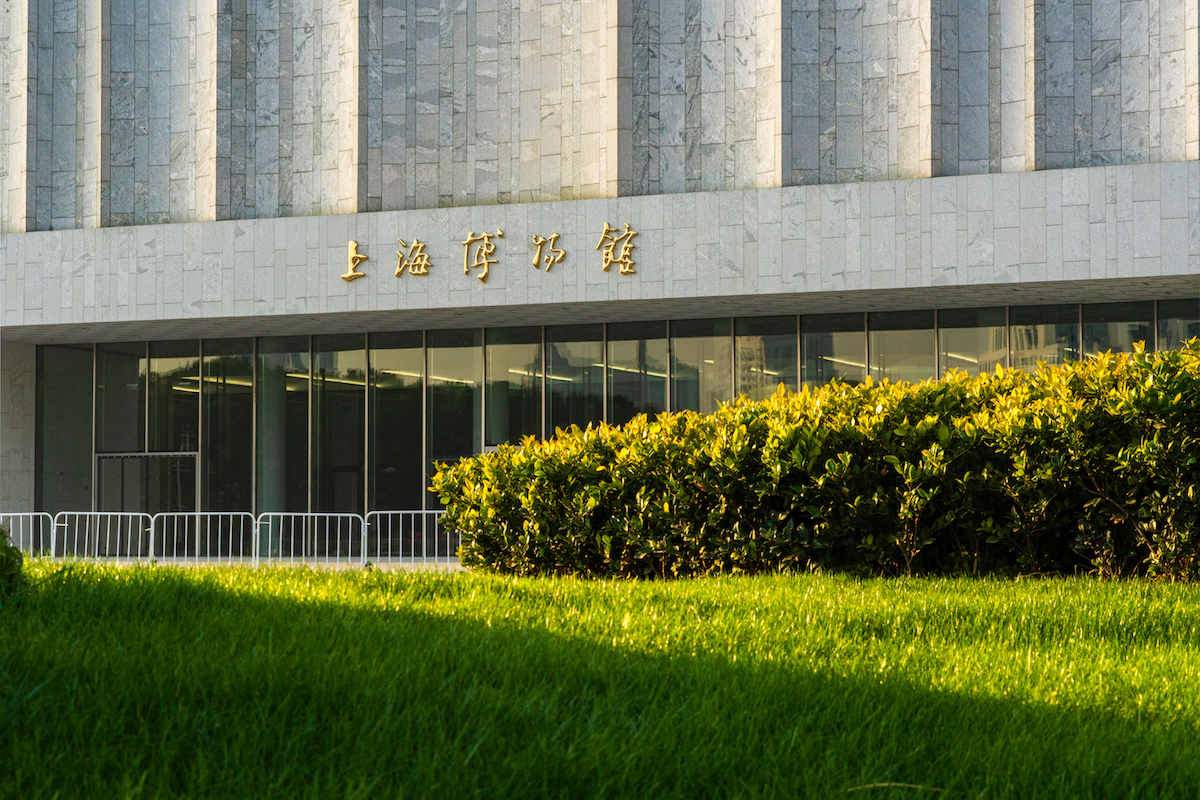
Shanghai Museum East Building
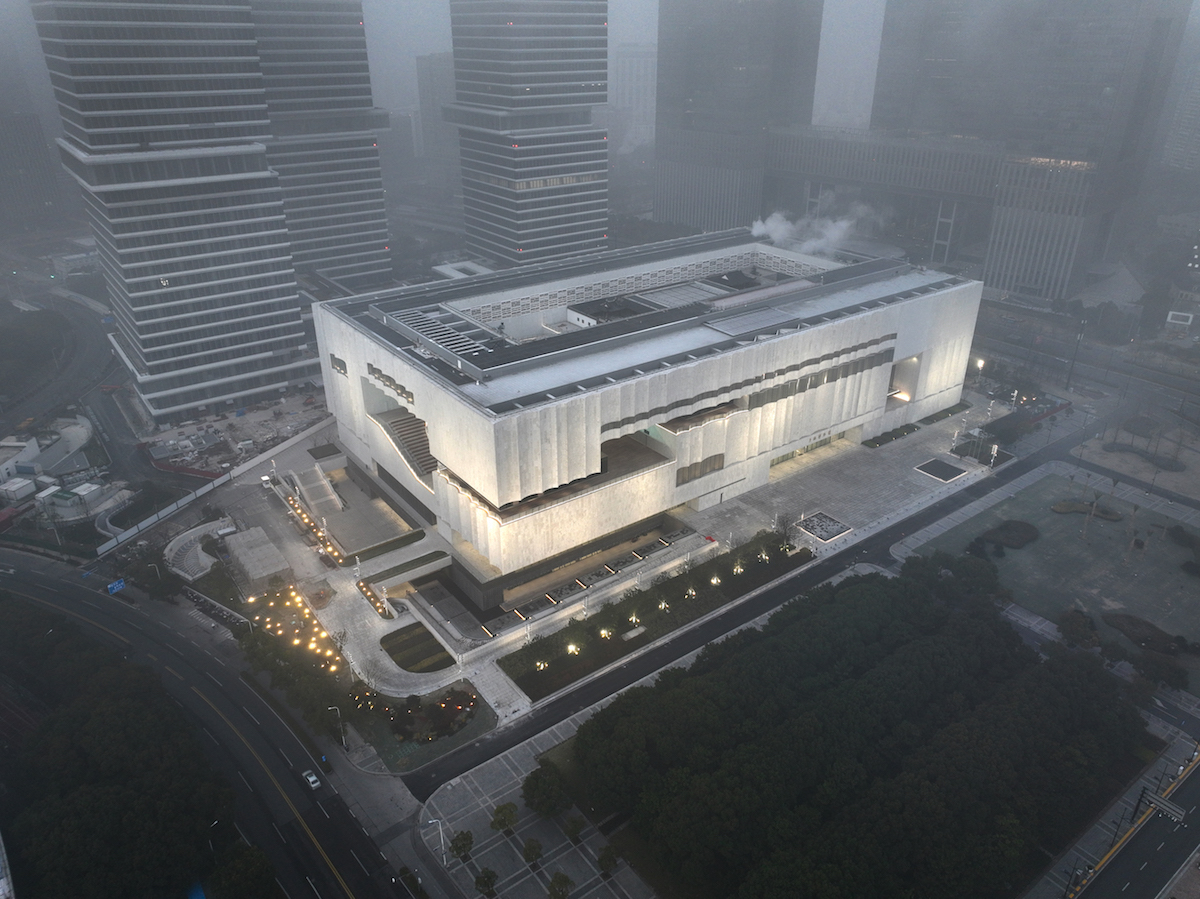
Shanghai Museum East Building
Shanghai Bo East Branch will open in three steps
At the press conference, Chu Xiaobo explained in detail the opening steps of the East Building. Chu Xiaobo said that Shanghai Expo will adopt the spirit of "jumping hard" this year and strive to achieve the trial opening of the "Bronze Exhibition Hall" of the East Hall on February 2, achieve the opening of more than 80% of the exhibition space by the end of June, and achieve the opening of more than 80% of the exhibition space by the end of November Before that, the East Building was fully open.

Press conference site
"In order for this super museum to operate smoothly, the running-in process is essential." Chu Xiaobo said that the East Building will be opened in three steps in 2024. This move is not only to meet the public's urgent expectations for the East Building , and at the same time, it is also to ensure that the East Hall meets the professional opening requirements to the greatest extent and ensure the smooth operation of the venue.
At present, the construction of the East Pavilion has entered the final critical period, and efforts are being made to promote the construction of the exhibition hall, equipment commissioning, land reclamation and cleaning, relocation of cultural relics, and exhibition installation.
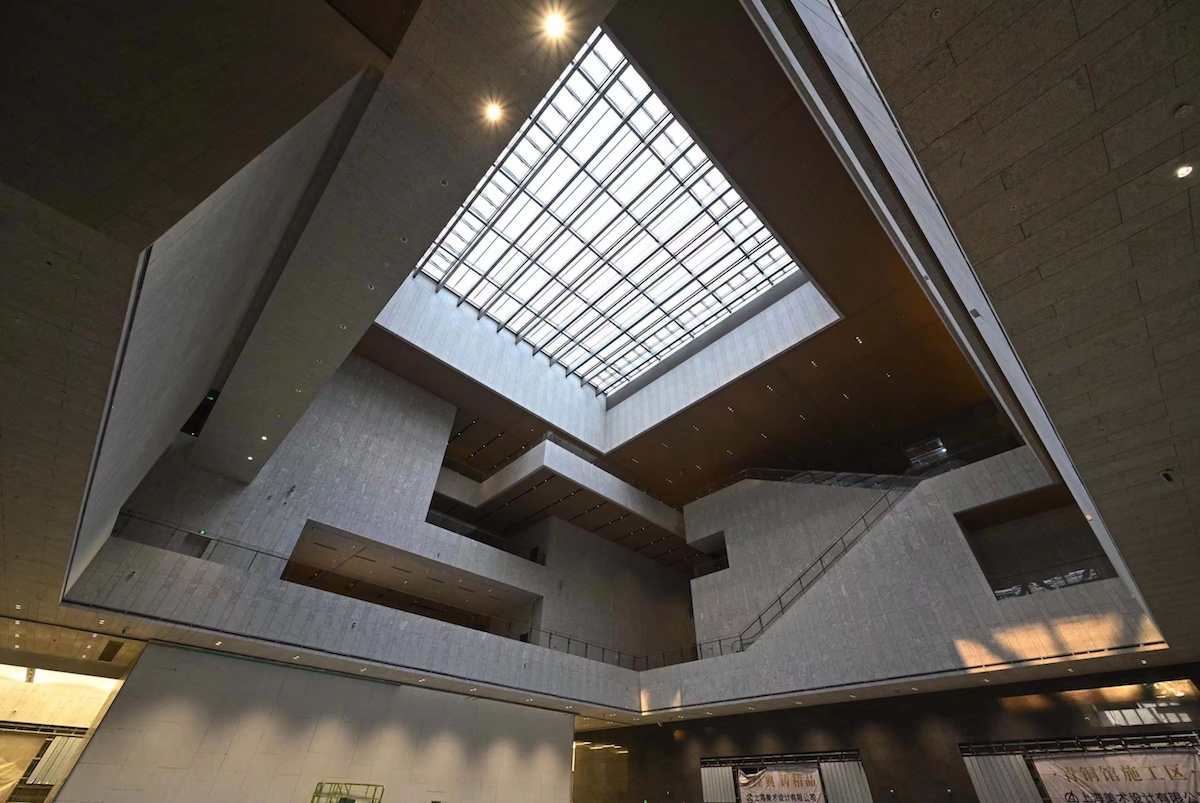
Shanghai Bo East Building
The first node, starting from February 2, is the trial opening of the "Bronze Exhibition Hall" of the East Pavilion and the opening of the "Star Shining on China - Sanxingdui·Jinsha Ancient Shu Civilization Exhibition".
On February 2, the "Bronze Exhibition Hall" of the East Pavilion was opened on a trial basis and a stress test was conducted to listen to the opinions and suggestions of the audience and further improve and improve the level of exhibition production. At the same time, the third exhibition of the "Why China" cultural relics and archeology exhibition series "Star Shining in China - Sanxingdui·Jinsha Ancient Shu Civilization Exhibition" was launched in the first and second special exhibition halls of the East Hall, which is taller and larger. The Sante Exhibition Hall launched the "Encounter with Sanxingdui 12K Digital Art Exhibition" and other exhibitions, presenting a cultural feast to citizens and tourists.

"Star of China - Sanxingdui·Jinsha Ancient Shu Civilization Exhibition"
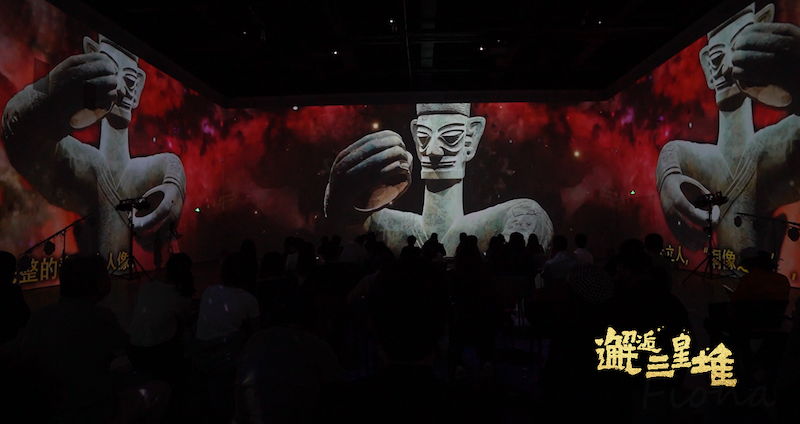
"Encounter Sanxingdui 12K Digital Art Exhibition"
Since the trial open space only accounts for about 25% of the exhibition space in the east hall, in order to ensure the safety of personnel and the visitor experience, reservations and traffic restriction measures (8,000 visitors per day) need to be taken. In addition, based on the trial operation situation and changes in the number of visitors, the museum will promptly take measures such as extending opening services to alleviate visitor demand.
Second node: Before the end of June, the open area will reach 80% of the exhibition space. The East Building will open all other exhibition halls and interactive experience spaces before the end of June, except for the "Chinese Calligraphy Museum of the Past Dynasties", "Chinese Painting Museum of the Past Dynasties", "Zhao Puchu Calligraphy Art Museum" and "Sea Calligraphy and Painting Museum". The open area will reach the exhibition space. More than 80%, providing the public with a more colorful visiting experience, and the reservation limit can be increased to about 20,000 people per day.
The third node: Before the end of November, the East Building will be fully open. The two museums of calligraphy and painting in Shanghai Expo are currently the only permanent exhibitions at home and abroad that separate calligraphy and painting and systematically display the general history of ancient Chinese calligraphy and painting. There will be 6 sets of collections of calligraphy and painting masterpieces that can be rotated. Each rotation will have several pieces making their debut or that have not been seen for a long time. presentation of works. Since ancient calligraphy and painting cultural relics are very fragile and extremely sensitive to the temperature, humidity and lighting requirements for display, the Shanghai Museum adopts the most sophisticated independent temperature and humidity control system for calligraphy and painting at home and abroad, and handles more than 7,000 debugging steps with the spirit of craftsmanship. Can officially "move in" to the calligraphy and painting exhibition hall. The last batch of exhibition halls such as the Chinese Calligraphy Museum and the Chinese Painting Museum, which have been "coming out for a long time", will meet you with a new look before the end of November. At this point, the Shanghai Bodong Museum is fully open, and the reservation limit is up to one day. It can reach 30,000 people.
Focusing on the four major series, the display of precious cultural relics increased from 4% to 10.5%
In terms of construction scale, the East Building covers an area of about 46,000 square meters, with a total construction area of 113,200 square meters, including 6 floors above ground and 2 floors underground. In terms of architectural design, the East Building is overall rectangular, with a simple and elegant shape. Part of the exterior facade is wrapped in marble to resemble the undulating waves of the sea. This not only coincides with the particularity of Shanghai as a city with "connected rivers and seas", but also symbolizes Shanghai's "openness to all rivers". The spirit of "bravely rising to the forefront".
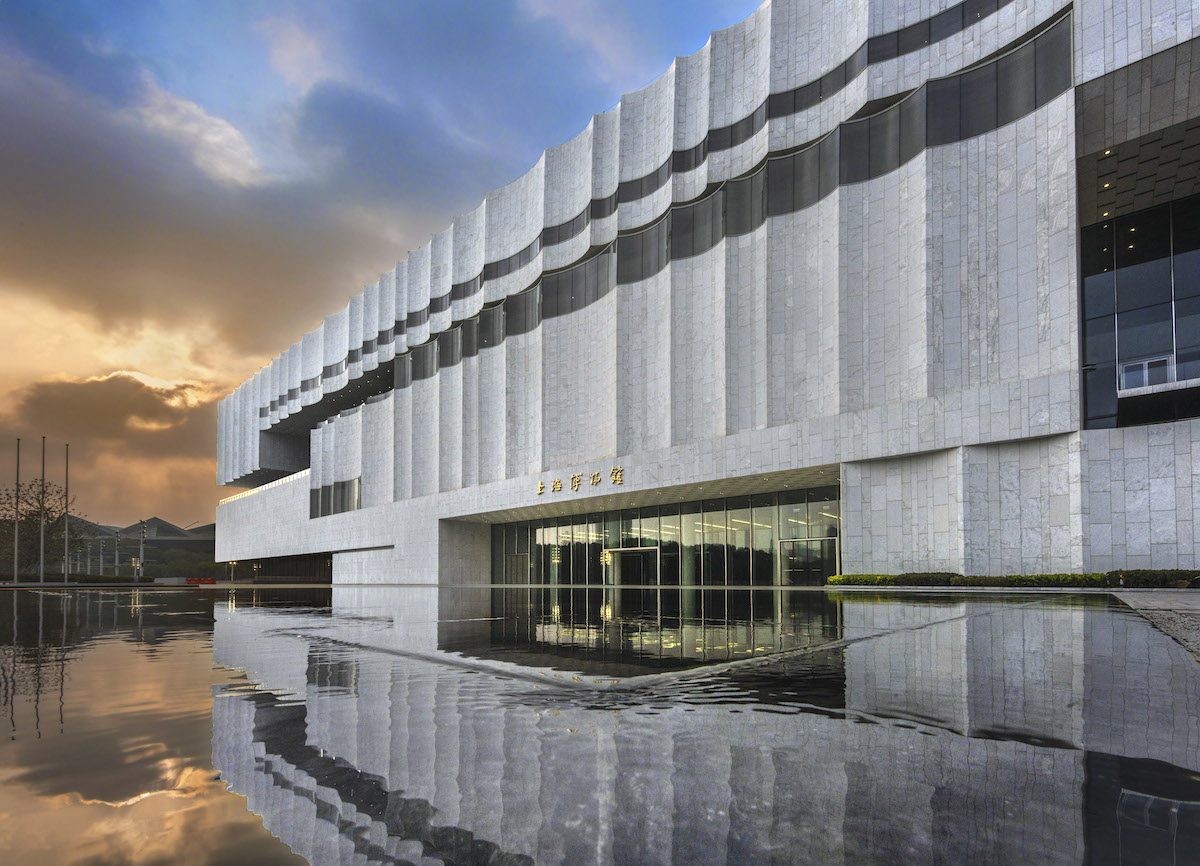
Shanghai Museum East Building
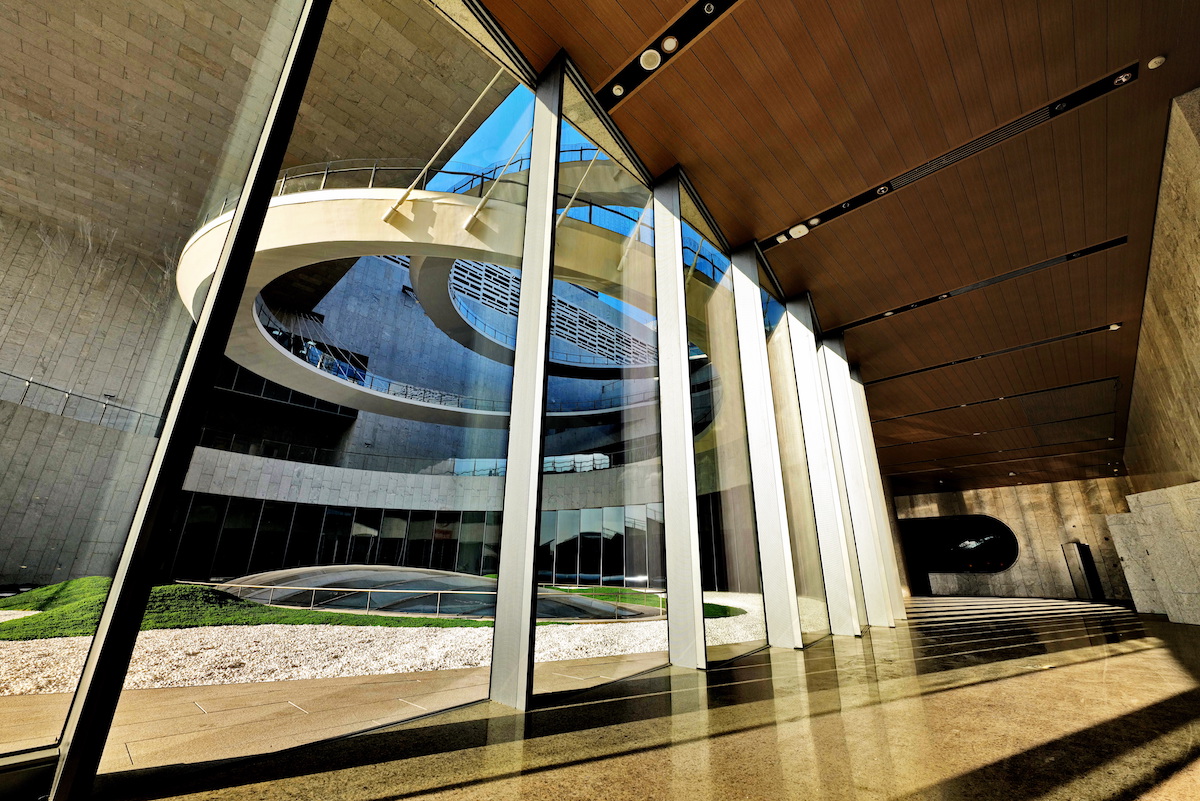
Shanghai Museum East Building
The total display area of the east hall is about 33,600 square meters. There are 20 exhibition halls and interactive experience spaces in the museum, including 13 permanent exhibitions of cultural relics, 4 interactive experience spaces, and 3 special exhibition halls. The proportion of precious cultural relics on display will increase from about 4% in the People's Square Pavilion to 10.5%.

Shanghai Museum East Building
The exhibitions in the east hall are divided into four series: the general history of ancient Chinese art series, the special series focusing on Shanghai Style and Jiangnan, cultural exchange series, and interactive experience series.
1. General History of Ancient Chinese Art Series
Shangbo's ancient Chinese art collection enjoys a high reputation at home and abroad because of its unique systematicness and completeness. Based on this, the East Hall will base itself on the height of art history, expand the content of the exhibition, make the original special art exhibitions comprehensive, comprehensive and refined, and create a general history display of ancient Chinese art in a panoramic format that is unique in the world to better tell the story. Deep Chinese cultural heritage. Among them, the Bronze Hall, Calligraphy Hall, Painting Hall, and Seal Hall are the only permanent general history exhibitions at home and abroad. The Ceramics Hall and the Currency Hall are also one of the most complete general history exhibitions at home and abroad. There are also eight such as the Sculpture Hall and the Jade Hall. The permanent exhibition hall can be called eight "textbooks of ancient Chinese art history".
Among them, the "Ancient Chinese Bronze" display will be the first to enter trial opening:
The Ancient Chinese Bronze Museum in Shanghai was first exhibited in 1973. It was the first art museum at home and abroad to display ancient Chinese bronzes. The Bronze Exhibition Hall of the East Pavilion has been renovated for the sixth time in 50 years, and will present the most complete display of ancient Chinese bronzes at home and abroad to the audience.
The latest display currently has eight sections: the embryonic period, the cultivation period, the heyday period, the transformation period, the renewal period, the integration period, the retro period, and the bronze production technology. The entire display features more than 500 selected exhibits, reflecting the occurrence, development, and evolution of ancient Chinese bronzes during the 3,600 years from the late Xia Dynasty in the 18th century BC to the mid-Qing Dynasty in the mid-19th century AD.
Compared with the People's Square building, the bronze exhibition hall in the East Building has been adjusted and upgraded in terms of plate structure, plate content, unit descriptions, device descriptions, and exhibits. Among them, the bronze production technology section adds a variety of technical means, supplemented by multimedia videos, interactive games, special displays, etc., to intuitively explain more relevant knowledge points to the audience.
2. Special series focusing on themes such as Shanghai Style and Jiangnan
Through the three thematic exhibitions of "Archaeology of Shanghai", "Marine Calligraphy and Painting" and "Jiangnan Craftsmanship", we respectively explore the historical context of Shanghai's urban culture and show the historical genes of Shanghai's urban spirit; display the creation and collection of Shanghai-style calligraphy and painting, and highlight the artistic characteristics of Shanghai city ; Display the exquisite craftsmanship of the Jiangnan region from past dynasties and present the spiritual temperament of Jiangnan. In addition, two special exhibition halls have been opened: "Ceramics and Chinese and Foreign Cultural Exchanges" and "Zhao Puchu Calligraphy Art Museum".
3. Cultural exchange series
The three special exhibition halls of large, medium and small will hold special exhibitions of cultural relics from home and abroad that are both influential and academic, giving full play to Shanghai's advantages in cultural exchanges and making excellent exhibitions an important factor in Shanghai's construction of an international cultural metropolis.
4. Interactive experience series
Adhering to the concept of "making cultural relics come alive", the East Pavilion has set up a variety of interactive experience spaces, including the "Ancient Civilization Exploration Palace" for teenagers, the "Digital Pavilion" that allows the audience to immerse themselves in the tour, and the audience can participate in interactive The open "Cultural Relics Protection and Restoration Experience Hall" and the "Cultural Creation Experience Hall" can "bring the museum home".
In the future, Shanghai Expo will form a new form of "three pillars"
At the press conference, Chu Xiaobo gave a detailed interpretation of the positioning and development plan of the three Shanghai Expo museums.
In the future, Shanghai Expo will continue to deepen the implementation of the "Great Museum Plan", build a new "3+X" development pattern, and form a new "tripartite" form of the People's Square Pavilion, the East Pavilion, and the North Pavilion. At the same time, we will continue to promote the construction of branch libraries, museums within museums, and Shanghai Expo halls (or overseas "China Exhibition Halls") at home and abroad.

Shanghai Museum East Building
The East Building will be positioned as “the world’s top museum of ancient Chinese art”. Build the most complete exhibition of the general history of ancient Chinese art at home and abroad, supplemented by special exhibitions that reflect the characteristics of Jiangnan culture and Shanghai style culture, launch a new interactive experience space, hold colorful special exhibitions, and highlight "audience-friendly" and "digital intelligence" Model" and other highlights, carefully create urban cultural landmarks with world reputation and the cultural living room of the People's City, becoming an important cultural window for "the world to see China".
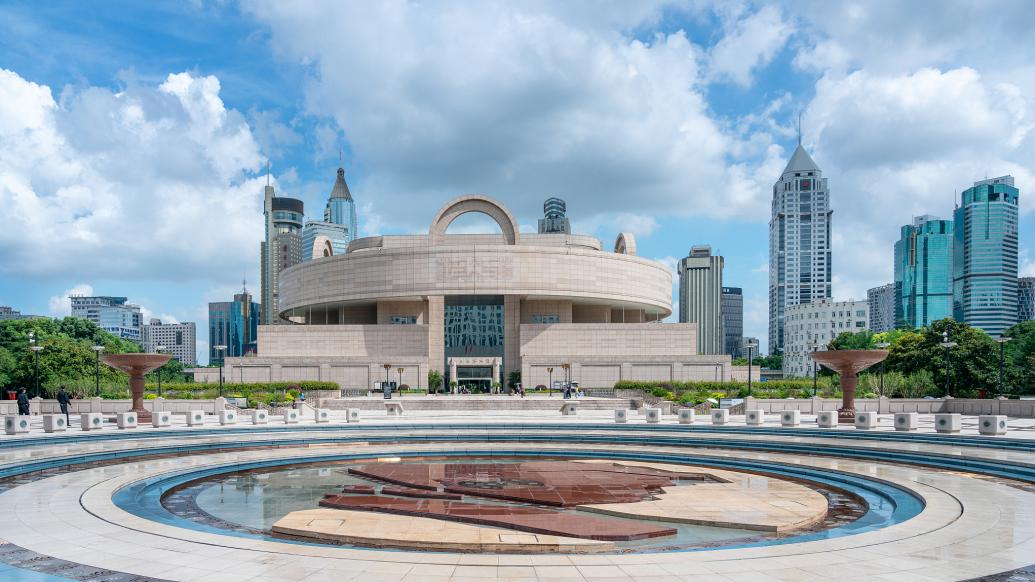
Shanghai People's Square Pavilion
The People's Square Pavilion is mainly positioned as a "World Civilization Pavilion". Relying on the relatively systematic collection of more than 10,000 pieces (sets) of foreign cultural relics in the collection, we have launched a global collection of cultural relics and art, and prepared permanent displays reflecting themes such as world civilization and the “Belt and Road Initiative”. At the same time, we have increased cooperation with internationally renowned cultural relics and art institutions. Strengthen cooperation, introduce more high-quality special exhibitions such as the "Dialogue with the World" series, create my country's first museum that regularly displays "types of world civilizations" and an important exhibition center for exchanges and mutual learning of global civilizations, and become an important place for "China to see the world" hub platform.
In addition, in addition to holding special exhibitions, the People's Square Pavilion continues to retain some thematic permanent displays and donated cultural relics museums based on the cultural relics in the collection. Currently, there are the Chinese Calligraphy Museum of the Past Dynasties, the Chinese Painting Museum of the Past Dynasties, the Chinese Ming and Qing Furniture Museum, and the Museum of Ethnic Minority Crafts. etc. We will make appropriate adjustments based on development needs in the future. In view of the problems faced by the People's Square Pavilion, such as aging facilities and equipment and functional layout that needs to be improved, Shanghai Expo is currently preparing an overhaul and partial renovation plan. After the project is approved and the design plan is completed, the People's Square Pavilion will usher in an overall closure, renovation and upgrade. . The People's Square Pavilion will remain open to the public until the end of 2025.
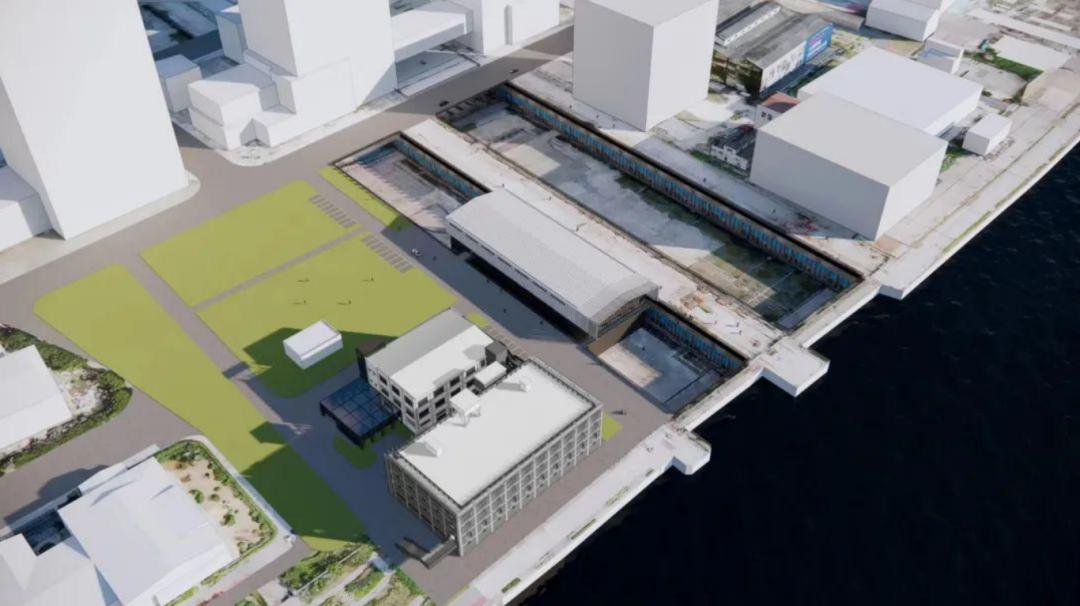
Shanghai Bo North Hall (Yangtze River Estuary No. 2 Ancient Ship Museum)
The North Museum (Yangtze River Estuary No. 2 Ancient Ship Museum) is located in the Yangpu riverside area and is mainly positioned as an "archaeological museum". The construction of the Yangtze River Estuary No. 2 Ancient Ship Archaeological Work Station will be completed by the end of March this year, and the archaeological excavation and protection of the Yangtze River Estuary No. 2 Ancient Ship will be completed simultaneously with the preparation of a project proposal for the launch of the North Museum, striving to complete the construction of the North Museum during the "15th Five-Year Plan" period. The North Pavilion will benchmark against the highest international standards and best levels to create a world-influential ancient ship and archaeological museum, a world-class underwater archaeological research center, a display window for an international shipping and trade center, and a "life show belt" for the People's City. It is a cultural landmark that not only meets the requirements for the protection of large-scale wooden ancient boat cultural relics and long-term archaeological excavation, but also provides the public with an experience space to explore the charm of archaeology and have stronger interactive participation.
Attached: Shanghai Museum East Building opening and reservation information
The Shanghai Museum East Building is open daily from 10:00 to 18:00 (admission is closed after 17:00), and is closed on Tuesdays (except national holidays). In order to ensure personnel safety and visitor experience, the East Pavilion will adopt time-based real-name reservation systems and capacity limiting measures (8,000 visitors per day). We ask for your understanding, support and cooperation. In addition, the museum will take measures such as extending opening services in a timely manner to alleviate visitor demand based on the trial operation situation and changes in the number of visitors.
Visitors can make reservations through the "Shanghai Museum Visiting Reservation" WeChat applet 7 days in advance (including the day) and learn about the specific visiting policies.
The entrance to the WeChat reservation system will be divided into the East Pavilion (No. 1952 Century Avenue) and the People's Square Pavilion (No. 201 Renmin Avenue). Visitors are requested to pay attention to the distinction and visit the museum during the reservation period.
